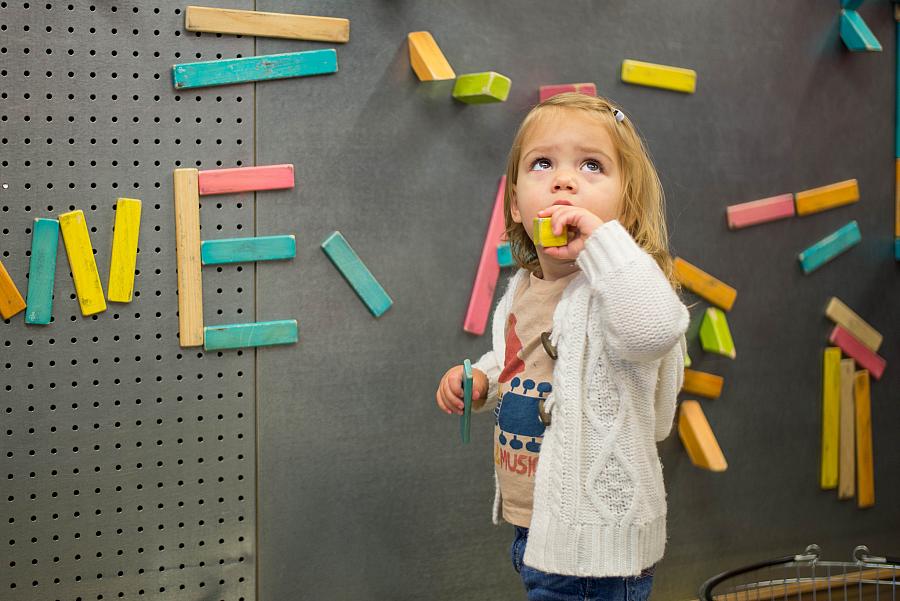New programs seek to narrow word gap between richer and poorer kids

“Use your words,” I tell my toddler son. “WORDS!” He shouts back.
Researchers love to say that infants and young children are bathed in language — but now they are discovering that it’s not simply the amount of words that kids hear that is important. The type of language also matters, and there are huge differences in what kids hear depending on socioeconomic status.
Back in the early 2000s, two researchers published a groundbreaking report called “The Early Catastrophe: The 30 Million Word Gap by Age 3.” They visited 42 families with babies between 7 and 9 months, and listened to the family talk for an hour, once a month for two and a half years. They found that children’s vocabularies were tightly linked to their parents’ words: between 86 and 98 percent of words children said were also in their parents’ lexicon.
The researchers also found there were huge differences in families. Children living in poverty heard fewer than a third of the words heard by children from higher-income families — and those words have significant implications in the long run. When extrapolated to the words heard by a child within the first four years of their life these results reveal a 30-million-word difference. That difference was linked, both in that initial study and in others, to lifelong academic, social and income disparities. The number of words a child is exposed to between ages 0 and 3 is significantly correlated to the child’s ultimate IQ and academic success.
In addition to a lack of exposure to these 30 million words, the words a child from a low-income family has typically mastered are often a different type: words of discouragement. The ratios of encouraging versus discouraging feedback found that by age four, the average child from a family on welfare will hear 125,000 more words of discouragement than encouragement. When compared to the 560,000 more words of praise, as opposed to discouragement, that a child from a high-income family will receive, this word gap becomes a word canyon.
Armed with this research, some cities and policymakers have leapt into action to try to simply encourage parents to talk more to their kids. Stanford researcher Anne Fernald and colleagues are now running a parent-education intervention study with low-income Spanish-speaking mothers in East San Jose, California. This program, called ¡Habla conmigo! (“Talk with Me!”), teaches Latina mothers how they can support their infants' early brain development and helps them learn new strategies for engaging verbally with their children. Mothers in the program are communicating more and using higher quality language with their 18-month-olds compared to mothers in a control group, and the program is expanding elsewhere.
In Providence, Rhode Island, a program called “Providence Talks” is setting out to do something never tried before at a municipal level: to intervene from birth to age four to close the word gap. The program uses a word pedometer from the LENA Foundation. The pedometer is similar to something that counts steps — instead of paces, it counts words — and it’s able to filter out television or other noise to create a comprehensive picture of a child’s daily auditory environment. Participating families receive free access to this word pedometer and biweekly coaching from trained home visitors, as well as information on existing community resources like read-aloud programs at neighborhood libraries or special events at local children’s museums. In one pilot study, caretakers presented with data on their child’s vocabulary development increased their adult daily word count by 55 percent on average.
With promising results, could the path to lifelong success be as simple as talking? As part of my 2016 National Fellowship project, I’ll take a look at these programs and others, both in Spanish and English, to find out if the outcomes stick. What are the long-term results? How does technology — both as learning tools and distractions — fit in with word acquisition? As cities look to new ways to help all children, these programs may be models for the future.
[Photo by Donnie Ray Jones via Flickr.]

